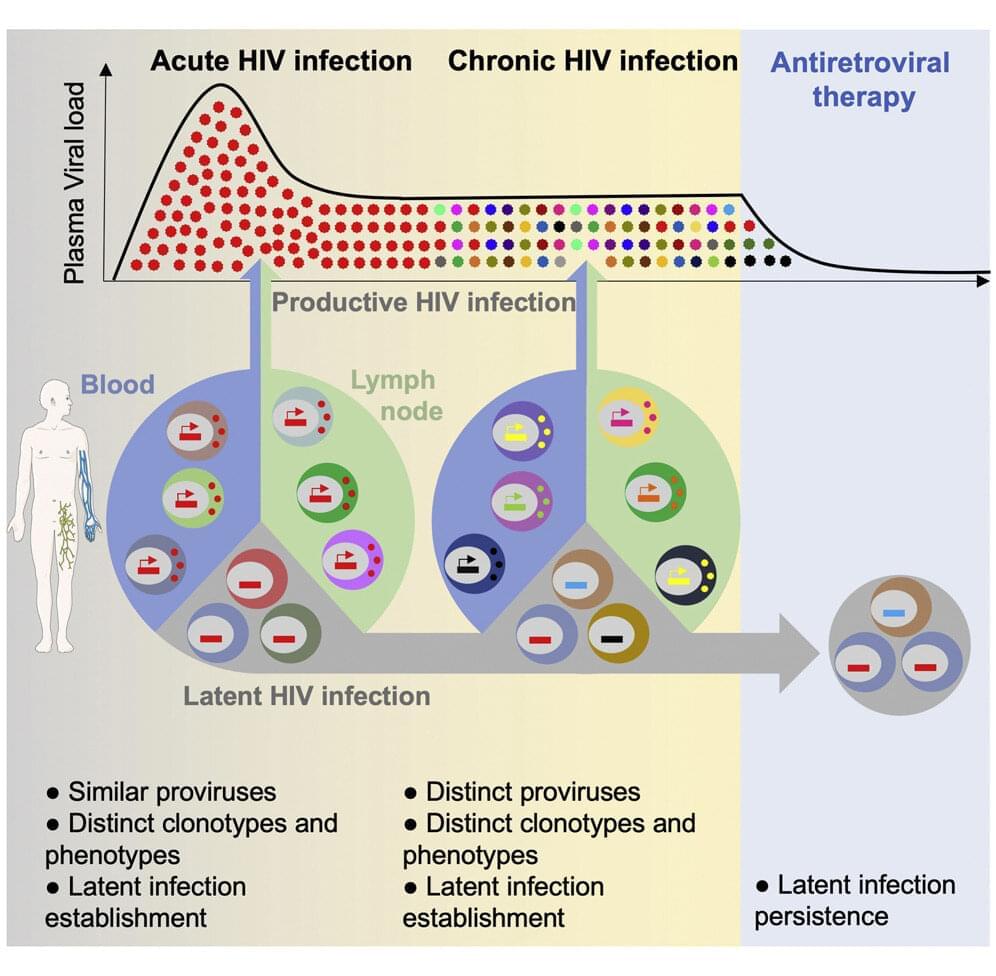For the first time in humans, a research team has shown that, as early as the first days of infection, HIV is able to create reservoirs where it will hide and persist during antiretroviral therapy.
Until now, the scientific community did not know exactly when or how these viral reservoirs—the existence of which is a major obstacle to curing HIV—are established in human beings.
In a study published in the journal Immunity, scientists led by Nicolas Chomont, a researcher at the CHUM Research Centre (CRCHUM) and professor at Université de Montréal, found that a small fraction of the virus integrates into the genome of CD4+ T cells in the very first weeks of infection (the acute phase), but does not replicate there. It therefore escapes the notice of the fastest diagnostic tool to date, which detects active viral replication.










Comments are closed.